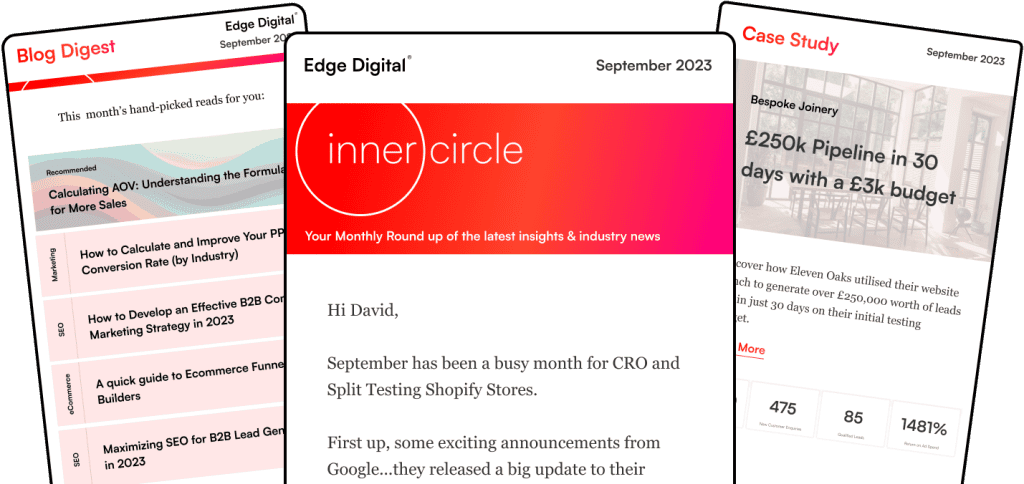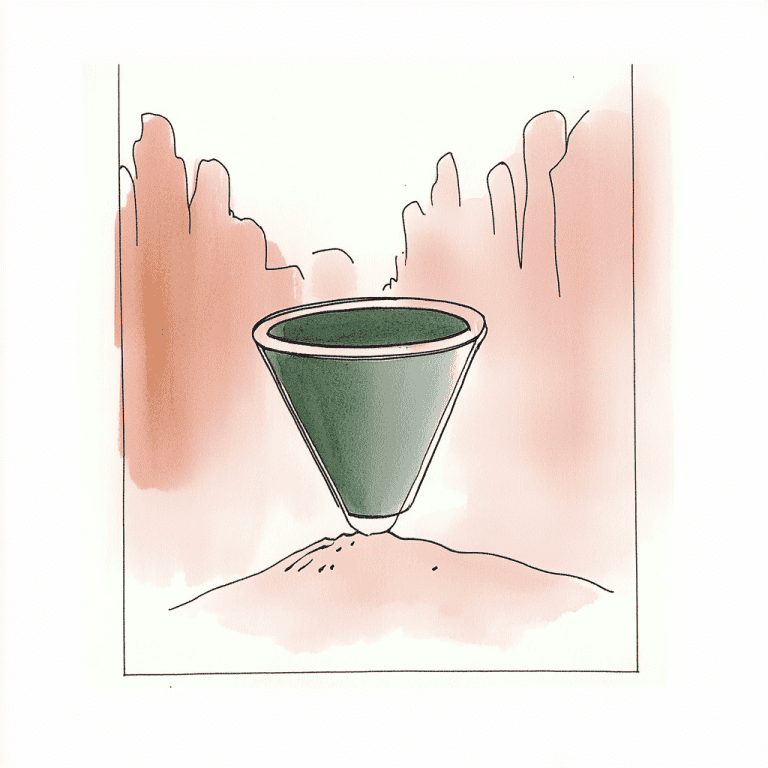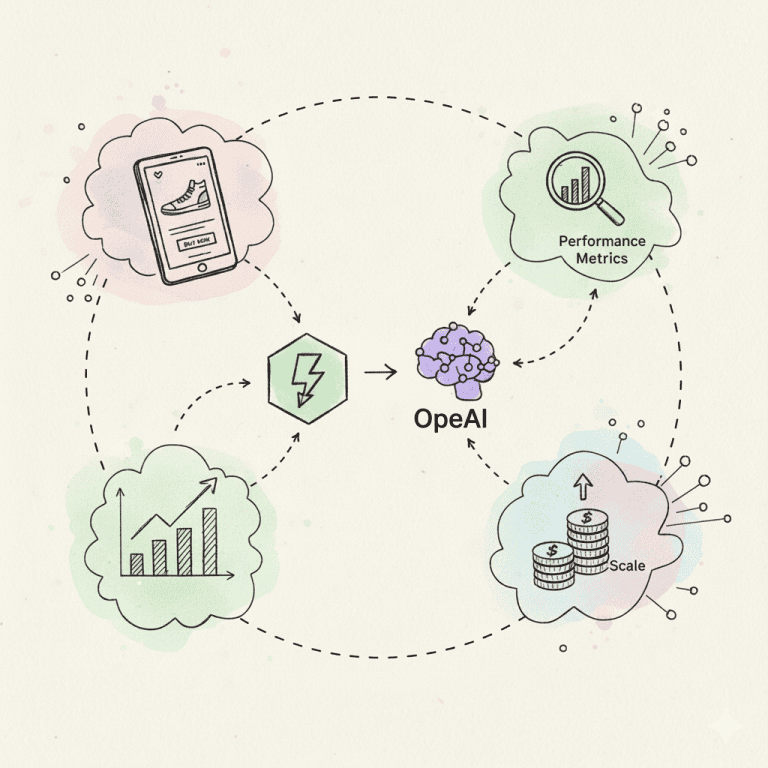Ever wondered why some ads blend so perfectly with the content you’re enjoying? Native advertising is a clever form of paid promotion that matches the look, feel, and function of the platform it appears on.
Native advertising refers to paid content that appears in the same format and style as the non-paid content where it’s placed. This makes it less intrusive and more engaging for audiences.
Native adverts can take many forms. You might see sponsored articles on news websites or recommended content widgets at the bottom of blog posts.
Unlike traditional banner ads, native advertising fits “natively” within the user experience. This seamless integration helps brands connect with consumers in a more natural way.
Often, this approach leads to higher engagement rates. Publishers get new revenue streams, and advertisers reach audiences who might otherwise ignore standard ads.
Key Takeaways
- Native adverts blend seamlessly with platform content, appearing in the same style and format as non-promotional material to improve user experience.
- Publishers and advertisers both benefit from native content through increased engagement rates and more effective communication with target audiences.
- Successful native advertising strikes a balance between promotional goals and providing genuine value to readers through relevant, quality content.
Fundamentals of Native Advertising
Native advertising represents a big shift in how brands connect with audiences in digital spaces. It blends into the user experience while staying transparent about its commercial nature.
Defining Native Advertising
Native advertising is a form of paid media where ads match the look, feel, and function of the platform where they appear. Unlike traditional ads, native ads don’t disrupt the user experience.
These ads blend in with surrounding content, making them less intrusive and more engaging. They often resemble editorial content but are clearly marked as sponsored.
Common forms include:
- In-feed ads on social media platforms
- Recommended content widgets
- Sponsored listings on search engines
- Branded content on news sites
The key principle is contextual relevance—the ad feels natural within its environment while still delivering a marketing message.
The Evolution of Native Advertising
Native advertising isn’t a brand-new idea. Early examples include advertorials in print magazines and sponsored television segments.
The digital landscape has transformed and expanded its potential. The explosion of content marketing in the 2010s created fertile ground for native advertising to flourish.
As consumers grew more resistant to banner ads and pop-ups, marketers looked for subtler approaches. Social media platforms led the way with sponsored posts that blend into users’ feeds.
Publishing platforms followed with branded content solutions that match their editorial style. Today, programmatic technology lets native ads reach scale across multiple platforms while keeping contextual relevance intact.
Significance in Marketing
Native advertising has become crucial in marketing for several reasons. It tackles ad fatigue and banner blindness that plague old-school display ads.
Studies show native ads get much higher engagement rates than standard banners. Users are more likely to interact with content that doesn’t feel like a direct sales pitch.
Native formats help brands get around ad-blocking tech by delivering messages in ways users find valuable. This approach lines up with content marketing goals like building trust and authority.
For publishers, native advertising offers a revenue stream without wrecking the user experience.
Regulations and Disclosure
Transparency is essential in native advertising to keep consumer trust and stay within the rules. The Federal Trade Commission (FTC) in the US and similar bodies in the UK set out guidelines for proper disclosure.
These regulations require that consumers can easily spot native ads as paid content. Common disclosure labels include:
- “Sponsored”
- “Promoted”
- “Advertisement”
- “Paid Partnership”
The Interactive Advertising Bureau (IAB) developed industry standards to make sure native ads stay distinguishable from editorial content. These standards help prevent misleading advertising.
Advertisers actually benefit from proper disclosure. Research shows that transparent native ads build trust, not the opposite. Most people appreciate honesty when commercial content provides real value.
Native Advertising Formats
Native advertising comes in several formats, each designed to blend with the platform they appear on. These formats give brands different ways to connect with audiences without disrupting their online experience.
In-Feed Units
In-feed native ads show up right in the content streams that users already scroll through. These appear within the regular content of websites or apps, like social media feeds or news sites.
What makes in-feed units effective is their non-disruptive nature. They mirror the look and function of organic posts but include subtle labels like “Sponsored” or “Promoted” for transparency.
Common examples include:
- Social media sponsored posts on platforms like Facebook, Instagram, and Twitter
- Publisher feed ads on news sites that match editorial content
- Video content that appears within streaming feeds
In-feed units usually include engaging headlines, relevant images, and brand identifiers. These ads work best when they offer genuine value, not just product promotion.
Recommendation Widgets
Recommendation widgets appear as suggested content blocks, usually at the end of articles or in sidebars. These widgets display content under headings like “You May Also Like” or “Recommended for You”.
They work well because they target users already engaged with related content. They create natural discovery moments as readers decide what to check out next.
Key characteristics include:
- Multiple thumbnails in grid or carousel ad formats
- Brief, compelling headlines
- Clear but subtle sponsorship labelling
- Content recommendations that align with user interests
Recommendation widgets drive traffic to branded content pages where brands can share more detailed stories. Unlike display ads, they feel more like helpful suggestions than intrusive ads.
Promoted Listings
Promoted listings blend right into product discovery environments like e-commerce sites and search results. These native ad units match the look and form of non-paid listings but get premium placement.
We find promoted listings especially useful for direct-response campaigns focused on conversions. They work because they reach people already searching for similar products or services.
Notable features include:
- Product images that match the platform’s visual style
- Pricing information displayed just like regular listings
- Review scores and other trust signals where appropriate
- Prominent but integrated call-to-action buttons
Unlike banners or traditional display ads, promoted listings don’t feel like ads. They just show up as preferred options in the natural shopping or search experience, so they’re less likely to trigger ad blindness.
Channel and Platform Integration
Native advertising works across many digital channels. Each channel offers unique ways to reach target audiences.
The key is picking platforms where your ads will blend with user experience while still hitting your marketing goals.
Social Media Platforms
Social media is great for native advertising that matches the look and feel of organic content. Instagram sponsored posts appear in users’ feeds with minimal disruption, marked only by small “Sponsored” labels.
These ads keep the visual style of regular posts while delivering branded messages. LinkedIn Sponsored Content works well for B2B marketers by integrating promotional content directly into professionals’ feeds.
These ads mirror the formatting of standard LinkedIn updates but target specific industry segments. Facebook and Twitter also do native integration by displaying ads that match each platform’s style.
Effective social native ads focus on value, not hard selling. They encourage engagement through content that feels authentic to the platform.
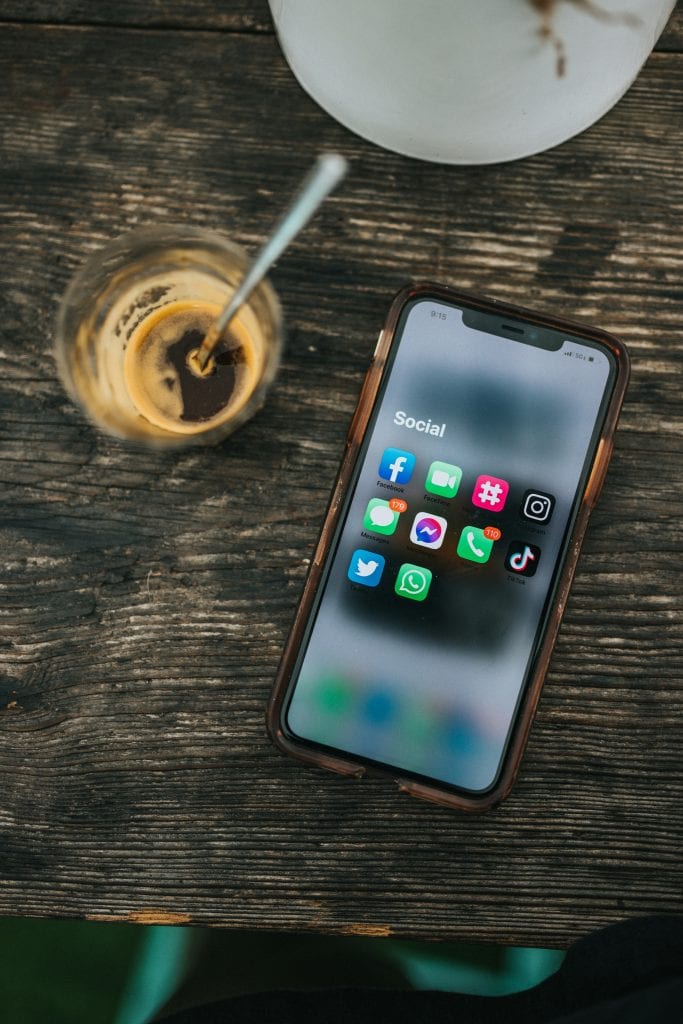
Content Discovery Networks
Networks like Taboola and Outbrain specialise in placing “from around the web” and “recommended content” widgets on publisher sites. These engines analyse user behaviour to suggest content they might like.
These networks offer huge scale. Outbrain alone reaches over 1 billion users monthly across premium publishers.
Their strength is contextual relevance—putting content recommendations right where users are already reading. Key benefits include:
- Wide reach across thousands of publisher sites
- Algorithmic targeting based on user interests
- Content-forward approach that emphasises value over interruption
For best results, create headlines and thumbnails that fit the discovery context and honestly represent your landing page content.
Publisher Partnerships
Direct partnerships with publishers allow for highly customised native advertising integrations that feel like natural parts of the site. These often show up as sponsored articles, branded content, or custom formats built for the publication.
The New York Times’ “T Brand Studio” and BuzzFeed’s branded content teams create sponsored posts that keep editorial quality while meeting advertiser goals. These partnerships work because the content upholds the publisher’s voice and standards.
Publisher-direct native ads usually perform better than standard display because of:
- Higher trust from the publisher’s audience
- Better content quality and relevance
- Seamless integration with the site experience
When negotiating publisher partnerships, we focus on finding real content alignment, not just buying a spot. That way, we build authentic connections with readers who already trust the publication.
Content Strategy in Native Advertising
Effective native advertising calls for a content strategy that balances promotional goals with real value for readers. This approach helps your content fit right in with the platform, while still pushing your marketing objectives.
Creating Engaging Content
Native advertising really depends on quality content that readers actually want to spend time with. We think content that teaches, entertains, or solves problems is at the heart of a good campaign.
When you’re creating native ads, lean into storytelling. Unlike old-school ads, native formats demand an editorial style that blends in with what’s already there.
Try using these content types in your native ads:
- Case studies that show real-world use
- How-to guides for practical advice
- Infographics to break down complex stuff
- Opinion pieces from industry voices
The best native content doesn’t scream “advertisement.” Instead, it offers real utility and quietly builds brand trust over time.
Alignment with Audience Interests
Knowing your audience is everything in native advertising. We need to dig into what our audience already likes and reads on the platforms where our ads will show up.
Relevant content ramps up engagement. When advertisers match their content to what people care about, readers are way more likely to view, share, or take action.
This means doing some homework on:
- Who uses the platform
- What content gets consumed
- Common questions and pain points
- Trending topics on that platform
Good native advertising blends in with the platform’s look and function. If the content feels like a natural part of what users already love, you’re on the right track.
Role of Headlines and Visuals
Headlines are your first shot at grabbing attention. The right headline can seriously boost clicks, but it still needs to fit the editorial vibe of the site.
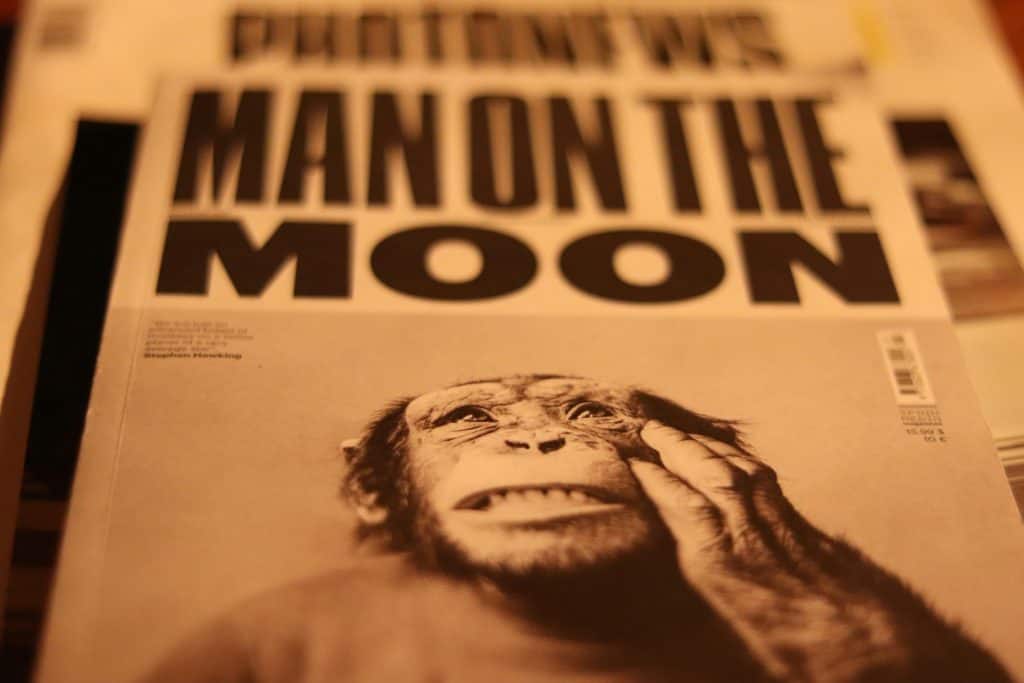
It’s worth testing a handful of headline versions to see what actually clicks with your audience. Effective headlines usually:
- Stir curiosity without being clickbaity
- Make a clear promise
- Use words that fit the platform’s tone
Visuals matter just as much in native advertising strategy. Sharp images, videos, or even interactive bits should match the platform’s style and add to the story.
Don’t forget the details—things like alt text and captions help with accessibility and discovery. Tagging visuals right can make a difference in how people find and experience your content.
Performance and Measurement
Tracking native advertising’s impact takes more than just counting clicks. We need to look at engagement, brand lift, and conversion rates to get a real sense of performance.
Metrics and Key Performance Indicators
We measure native ad performance with a handful of key metrics. CTRs are a staple, but they’re just the start. Engagement metrics like time on page, scroll depth, and shares dig deeper into what’s working.
If conversions are the goal, we track:
- Cost per acquisition (CPA)
- Cost per click (CPC)
- Conversion rates
- Return on ad spend (ROAS)
Brand lift studies help us see how perceptions shift after people see native ads. Different goals call for different KPIs—awareness campaigns care about reach, while lead gen wants form fills.
The channel you use changes which numbers matter most. For example, in-feed native ads need a different tracking approach than those recommended content widgets.
Optimisation for Conversion
To get more conversions from native ads, we’ve got to keep testing and tweaking. A/B testing headlines, images, and calls-to-action helps us figure out what works for each audience.
The landing page matters—a lot. The jump from ad to site should feel smooth and connected. If the page loads slow or looks off on mobile, conversions will suffer.
Content needs to match the editorial vibe but still clearly show the value. Native ads that blend in with the platform’s look usually pull in better conversion numbers.
Sometimes, well-made native campaigns even help with SEO by earning backlinks or sparking social signals that boost organic reach.
Brand Awareness and Purchase Intent
Native advertising shines at building brand awareness in the right context. When brands show up next to trusted content, they borrow some of that trust and reach people who are already engaged.
We measure brand lift using:
- Aided and unaided recall surveys
- Brand sentiment tracking
- Social media mentions
- Search volume for brand terms
Publishers and advertisers sometimes work together on custom metrics to see brand impact beyond just views. Purchase intent numbers help link awareness efforts to real sales.
Different groups respond to native ads in their own way, so segmenting your audience is key for accurate measurement. The subtle nature of native advertising makes it especially good for building awareness without coming off as pushy.
Brand and Consumer Perspectives
Native advertising changes how brands and consumers connect. It opens up new ways to engage audiences, but it’s not without its own set of challenges and opportunities for effective engagement.
Building Brand Exposure
Native advertising lets brands blend into the content ecosystem instead of interrupting it. This makes ads less annoying than banners, which most people just tune out these days.
For brands, the perks include:
- Higher engagement rates than standard display ads
- More brand awareness thanks to context
- Better targeting for specific audiences
We’ve seen that native ads in retail and health do especially well when they offer actual value. Health brands, for example, see better results when their content teaches something rather than just pushing a product.
Native ads also reach folks who dodge regular ads. By fitting in with the content flow, these ads sidestep the “banner blindness” problem that hurts other formats.
Consumer Engagement and Trust
People react differently to native ads than to traditional ones. Research shows that good native ads can spark positive engagement, but transparency is everything.
When people know content is sponsored and don’t feel tricked, trust can actually go up. What matters most for consumers:
- Clear labels on sponsored content
- Relevance to their interests
- Quality of the content
Trust takes a hit if brands hide the fact that content is sponsored. Studies say 54% of people feel misled if they find out after the fact that something was an ad.
Influencer partnerships are huge in native advertising, but they’ve got to be real. People spot fake endorsements fast, so authenticity is non-negotiable.
Impact on User Experience
Native advertising aims to fit in, not disrupt. Non-disruptive ad formats that match the platform’s style create a smoother browsing experience.
Good native ads:
- Fit with the surrounding content
- Offer value—info or entertainment
- Keep the user journey flowing
But when native ads miss the mark, they can hurt both brand and platform credibility. If an ad breaks the content flow, users get just as annoyed as they do with pop-ups.
We’ve noticed that mobile experiences especially benefit from native ads. Since mobile screens are tight on space, integrated ads avoid the jarring interruptions of full-screen takeovers.
Native social posts often see 20-60% better results than traditional ads on the same platform. That says a lot about how much format matters for engagement.
Challenges and Controversies
Even with all its upsides, native advertising isn’t without headaches. The blurry line between content and ads brings up ethical dilemmas, technical snags, and questions about where this all goes next.
Ethical Considerations
Native advertising walks a tricky line between smart marketing and possible deception. The biggest challenge is transparency—it’s not always obvious what’s an ad and what’s not, which raises some tough ethical questions about audience manipulation.
The Federal Trade Commission (FTC) has rules that require clear disclosure of native ads. These rules are meant to stop brands from disguising ads as unbiased info.
Plenty of publishers still struggle to label sponsored content properly. Words like “promoted” or “sponsored” are supposed to be front and center, but some advertisers push back, worried that honest labels will tank engagement.
If celebrities or influencers skip disclosure in native campaigns, trust drops fast. That hurts both the publisher’s credibility and the advertiser’s image.
Ad Blockers and Banner Blindness
Banner blindness is real—people just ignore traditional ad spaces without even thinking. Native advertising came about partly to get around this, by blending in and avoiding mental filters.
But as online ads evolve, so do ad blockers. The latest blockers can sniff out and filter native ads, making them less effective than before.
There’s also the cost factor. Native ads usually cost more than regular display ads, but they can still get blocked or ignored, which makes ROI a tougher call.
Publishers have to walk a fine line: make native ads interesting enough to grab attention, but keep them different enough from editorial stuff to stay on the right side of the rules.

The Future of Native Advertising
As consumer behaviour evolves, native advertising has to keep up. We’re seeing a shift toward clearer labelling and more genuine brand-publisher partnerships.
Artificial intelligence and machine learning now shape how native ads reach people. These tools look at user preferences and try to serve up content that actually matters, dodging banner blindness with more personalisation.
Immersive tech is opening new doors. Virtual and augmented reality create spaces where native ads can blend into interactive experiences in ways we didn’t really imagine a few years ago.
Social media platforms keep tweaking their native ad options. Smaller businesses can now run creative campaigns without breaking the bank, which should lead to more variety and maybe even some surprises in native content.
Frequently Asked Questions
How can one distinguish between native advertising and display advertising?
Native advertising follows the natural form and function of the user experience in which it appears. Display advertising, on the other hand, stands out visually and doesn’t try to blend in.
Native ads look and feel like part of the platform. Display ads are clearly marked as ads and tend to interrupt the flow.
In our experience, native ads usually get better engagement since they’re less disruptive.
What strategies are commonly deployed in native advertising campaigns?
Good native advertising strategies focus on relevant content, not just selling. The idea is to offer value so people actually want to engage.
Content should fit the style of the platform but still nudge brand awareness. It’s a balance, and sometimes it takes a few tries to get it right.
We suggest creating ads that feel like a natural part of browsing, whether that’s images, videos, or even carousels.
Could you provide a clear definition of native advertising within the context of digital marketing?
Native advertising means paid ads that match the format and style of the regular content on a site or app.
These ads are meant to fit in with their surroundings, so they don’t stick out like a sore thumb.
We see native advertising as a smart middle ground between content marketing and old-school ads.
What are the primary types of native advertising utilised by brands?
In-feed ads show up in the regular content flow on places like Facebook and Twitter. They’re designed to match how people scroll and interact.
Paid search results are another big one, popping up at the top of search engine pages.
We also see content recommendations, sponsored posts, and branded content hubs doing well for a lot of campaigns.
In what ways does native advertising differ from sponsored content?
Sponsored content usually means a publisher creates something for a brand, keeping editorial control but still aligning with the brand’s goals.
With native advertising, the advertiser often creates the content themselves, matching the platform’s vibe as closely as possible.
From what we’ve seen, sponsored content tends to go deeper and feels more like journalism. Native ads are often shorter and focus more on the product.
What are the most prevalent platforms for distributing native advertisements?
Social media platforms like Facebook, Instagram, and Twitter offer native ads that blend right into users’ feeds. It’s hard to scroll without spotting a few, honestly.
News and content websites also run native ads, usually styled to look like regular editorial content.
Native ads keep popping up in mobile apps, too. They often feel like part of the app’s natural flow, which can be surprisingly effective.
